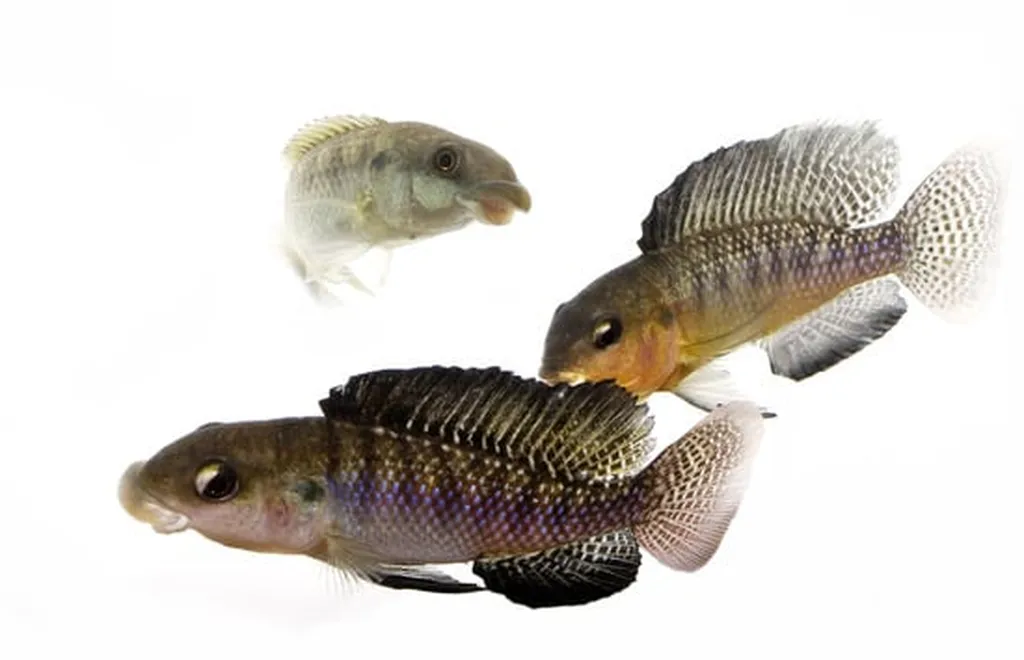In the heart of California’s Central Valley, a technological tug-of-war is unfolding, one that could reshape how we monitor and manage agricultural lands. Researchers, led by Mashoukur Rahaman from the University of Florida’s Department of Geography, have been pitting traditional machine learning (ML) models against their more modern deep learning (DL) counterparts to see which can most accurately identify almond crop fields using satellite imagery. The results, published in the journal ‘Remote Sensing’ (which translates to ‘Distant Measurement’ in English), offer a nuanced perspective on the trade-offs between accuracy and efficiency, with significant implications for the agricultural and energy sectors.
The study reveals that while deep learning models like U-Net, MANet, and DeepLabv3+ achieve impressive accuracy rates of 97.3% to 97.5%, traditional machine learning models like Decision Tree, K-Nearest Neighbor, and Random Forest are not far behind, with accuracies ranging from 96.6% to 96.8%. However, the traditional models have a significant advantage: they require far less computational power and can be trained using data from a single year, whereas deep learning models need extensive training data spanning over a decade.
“This study highlights the importance of considering the trade-offs between model accuracy and computational efficiency,” says Rahaman. “In resource-constrained settings, traditional machine learning models can offer a robust and efficient alternative to deep learning models.”
The findings are particularly relevant for the agricultural sector, where land cover classification is crucial for crop monitoring, yield prediction, and precision farming. Accurate crop mapping can also benefit the energy sector, enabling more efficient planning and management of bioenergy resources.
Moreover, the study underscores the need for a balanced approach in model selection. “It’s not just about achieving the highest accuracy,” explains Rahaman. “We also need to consider the computational resources required, the availability of training data, and the specific needs of the end-users.”
The research contributes to the ongoing development of geospatial technologies and offers actionable insights for agricultural land cover mapping. As the world grapples with the challenges of climate change and food security, the ability to accurately monitor and manage agricultural lands becomes increasingly important. This study provides a valuable perspective on the tools and techniques that can help us meet these challenges.
In the future, we can expect to see a continued evolution of machine learning and deep learning models, with a growing emphasis on efficiency and scalability. As Rahaman notes, “The field of agricultural remote sensing is rapidly evolving, and we need to ensure that our models keep pace with these changes.” With this study, Rahaman and his team have taken a significant step towards this goal, providing a comprehensive review and comparative analysis of ML and DL models that will inform and guide future developments in the field.

